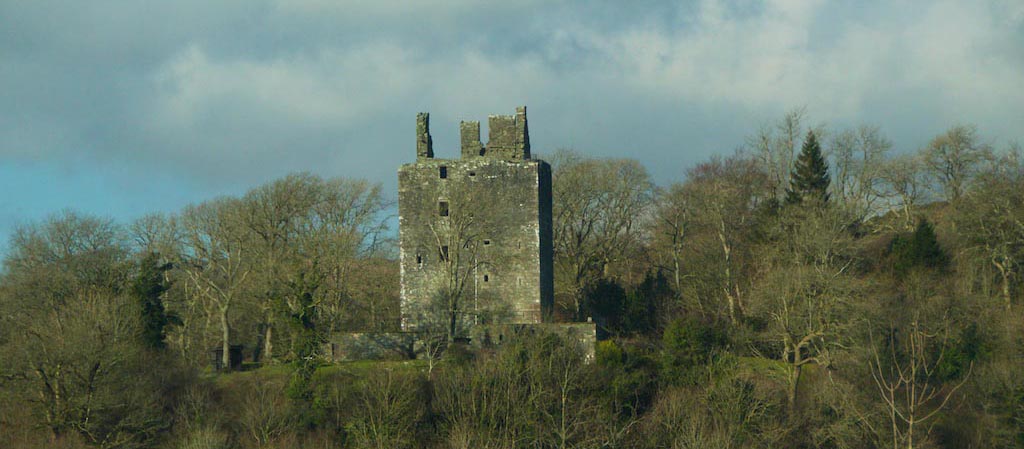
In a nutshell: Cardoness Castle
Violence… plunder… feuding… it all went on at Cardoness Castle. A mile or so from Gatehouse of Fleet in south-west Scotland, this was the seat of the McCullochs, a notoriously lawless bunch. The family name began with Godfrey McCulloch, a warrior during the Crusades, who carried the emblem of a wild boar (in Gaelic, ‘cullach’) on his shield.
Cardoness Castle passed to the McCullochs via the marriage of an heiress. An old story tells how this girl was the sole survivor of an accident that killed her eight sisters, as well as her mother, father and new-born brother. The laird of Cardoness had been celebrating the arrival of a son by holding a party on the frozen loch; but the ice gave way, drowning all but one daughter, who went on to marry a McCulloch.
Successive McCulloch lairds were convicted of violence and theft of property, with one Ninian McCulloch even stealing 1,500 head of cattle from his own mother in 1501. Alexander McCulloch clashed repeatedly with his neighbours before perishing on Flodden Field in 1513; and one of his descendants, the swashbuckling Alexander ‘Cutlar’ McCulloch, took to sea and led several raids on the Isle of Man.
In 1628 Cardoness Castle passed to the Gordons, a neighbouring family who had a centuries-old feud with the McCullochs. The McCullochs didn’t take this lying down: in 1668 Alexander McCulloch burst in on the ailing widow of John Gordon, and threw her onto a dung heap; and in 1690 Godfrey McCulloch shot and killed John’s son. Godfrey fled to France, but was silly enough to venture back to Edinburgh, where he was spotted and executed on the ‘Maiden’, Scotland’s version of the guillotine. After that little episode, perhaps thankfully, the castle was abandoned and left in peace.
Sources:
- Historic Scotland
- Undiscovered Scotland
- ‘The Agnews of Lochnaw: A History of the Hereditary Sheriffs of Galloway’ by Sir Andrew Agnew, 1864, via National Library of Scotland
Photo copyright © Jo Woolf
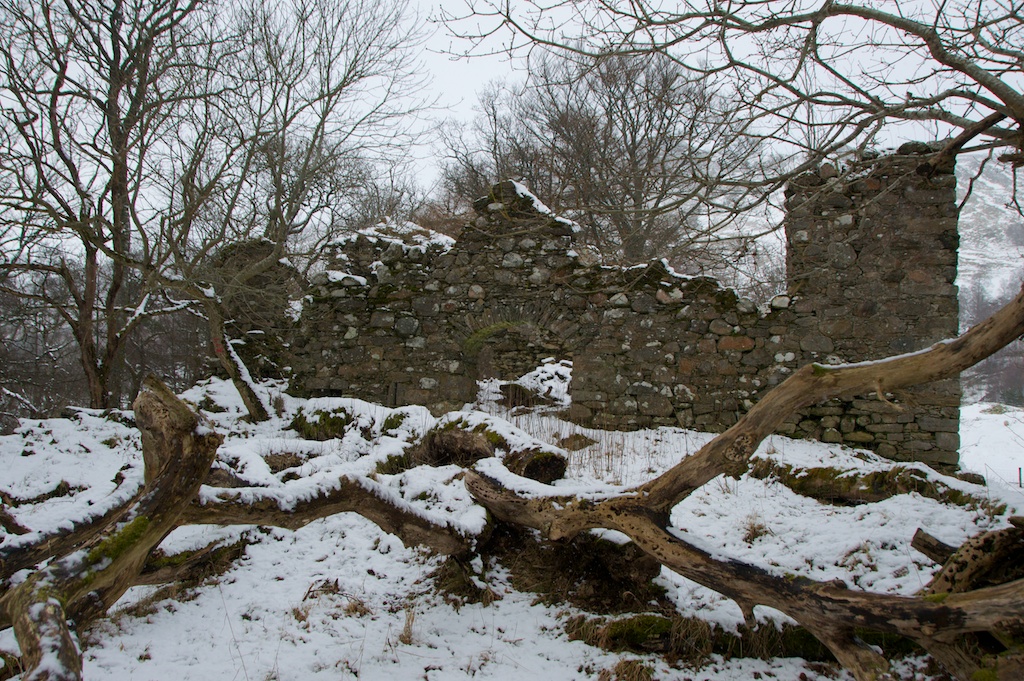

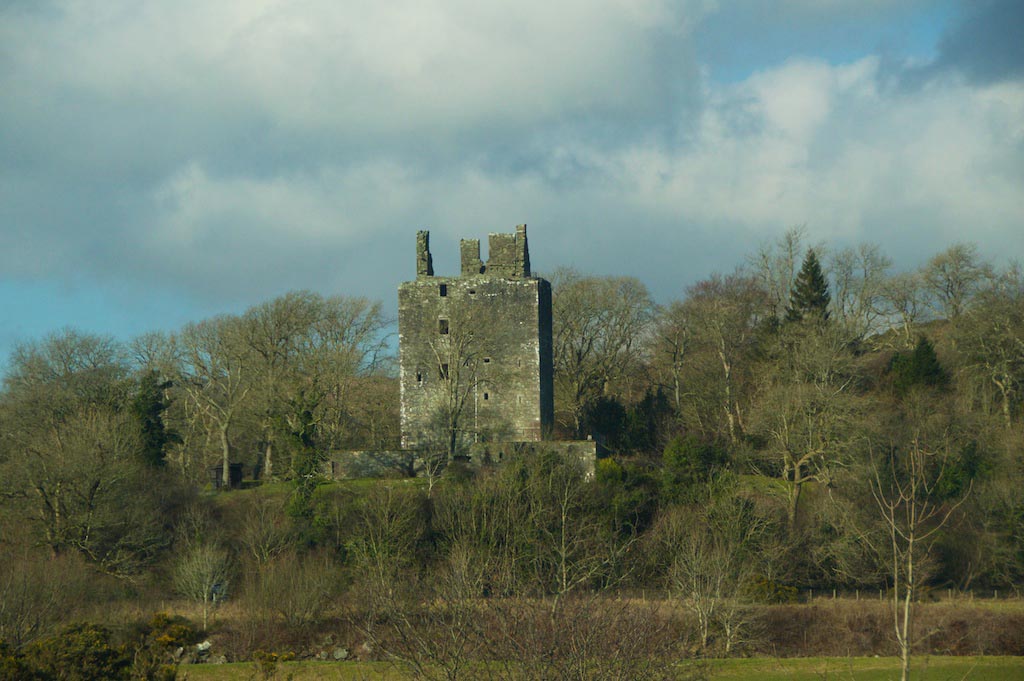
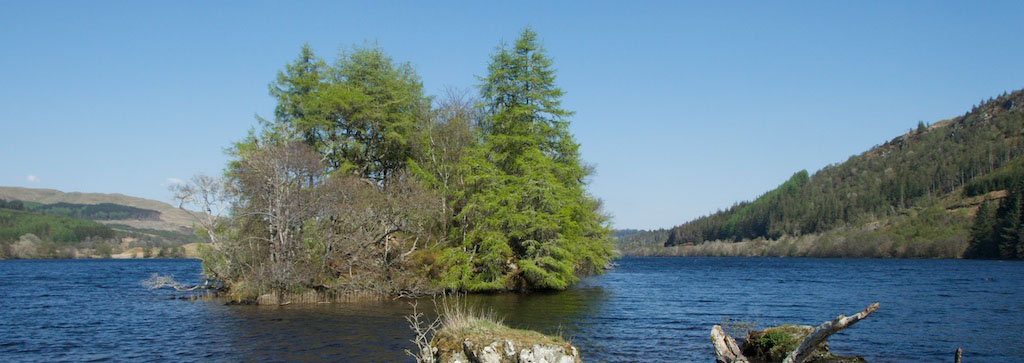
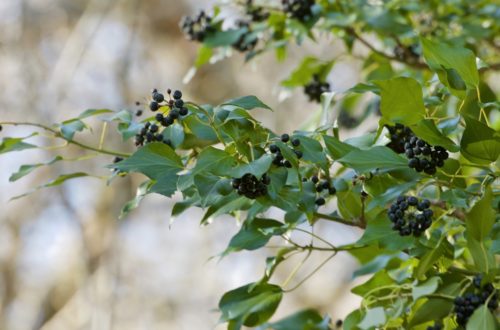
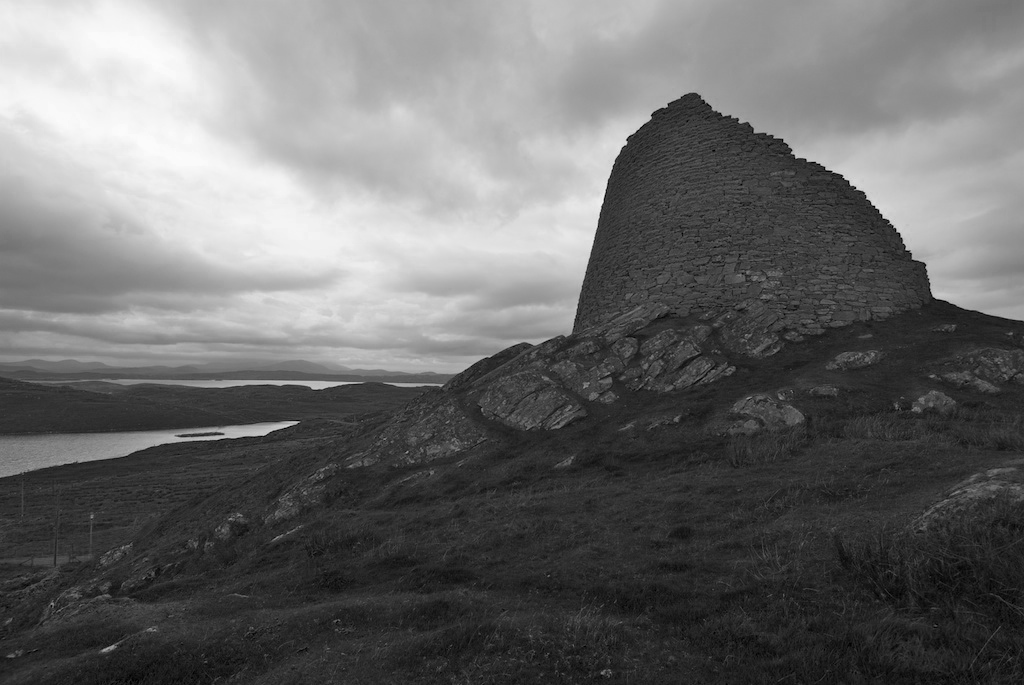
17 Comments
davidoakesimages
I wish you wouldn’t keep teasing…the list of places to visit just keeps on getting longer
Jo Woolf
Sorry about that! My list keeps growing too, if it makes you feel better! 🙂
davidoakesimages
I think I have found more interesting locations (well for me) on blog pages than in the guide and tour books!
Rachel
*what he said*
Rachel
On another note – they are an interesting family even if they are a bit mean! I visited Doune Castle on my little Scotland jaunt last week, such a nice place and wonderful to explore.
Jo Woolf
Haha, very true! 🙂 Glad you enjoyed Doune – one of my favourites!
http://vivinfrance.wordpress.com
Phew! We have a good friend McCulloch, and a nicer, kinder, gentler, more law-abiding chap you will not meet! Love the story, though.
love,
ViV
Jo Woolf
Well, that’s a relief, Viv! 😀
Fife Photos and Art
What a fascinating and fairly grisly place Jo, certainly if you lived in the vicinity four to five hundred years ago!! We used to have a teacher in Penzance called Mr McCulloch, and most of us were frightened of him, now I know why!!!! Lol! 🙂
Jo Woolf
That could explain a lot, Andy! 🙂 Yes, it’s hardly surprising that people didn’t live very long in those days.
Pat
Talk about a wild bunch! Well, it’s a beautiful old ruin, anyway. Hope the McCullochs are resting quietly.
Jo Woolf
Very true, Pat! I wouldn’t like to say if they’re resting quietly or not, and I wouldn’t like to put it to the test by spending a night there! 🙂
blosslyn
Lovely….any ghosts 🙂
Jo Woolf
Not sure, Lynne! I don’t think I’d want to find out, not there! 🙂
blosslyn
Mmmm, could be interesting to find out 🙂
Maximus McCullough
The Victors always write the history! That’s all I can say! God Bless Great Granddaddy & Gandmommy!
Jo Woolf
Thanks for your comments, Maximus! I’m sure your ancestors are with you on that one! 🙂